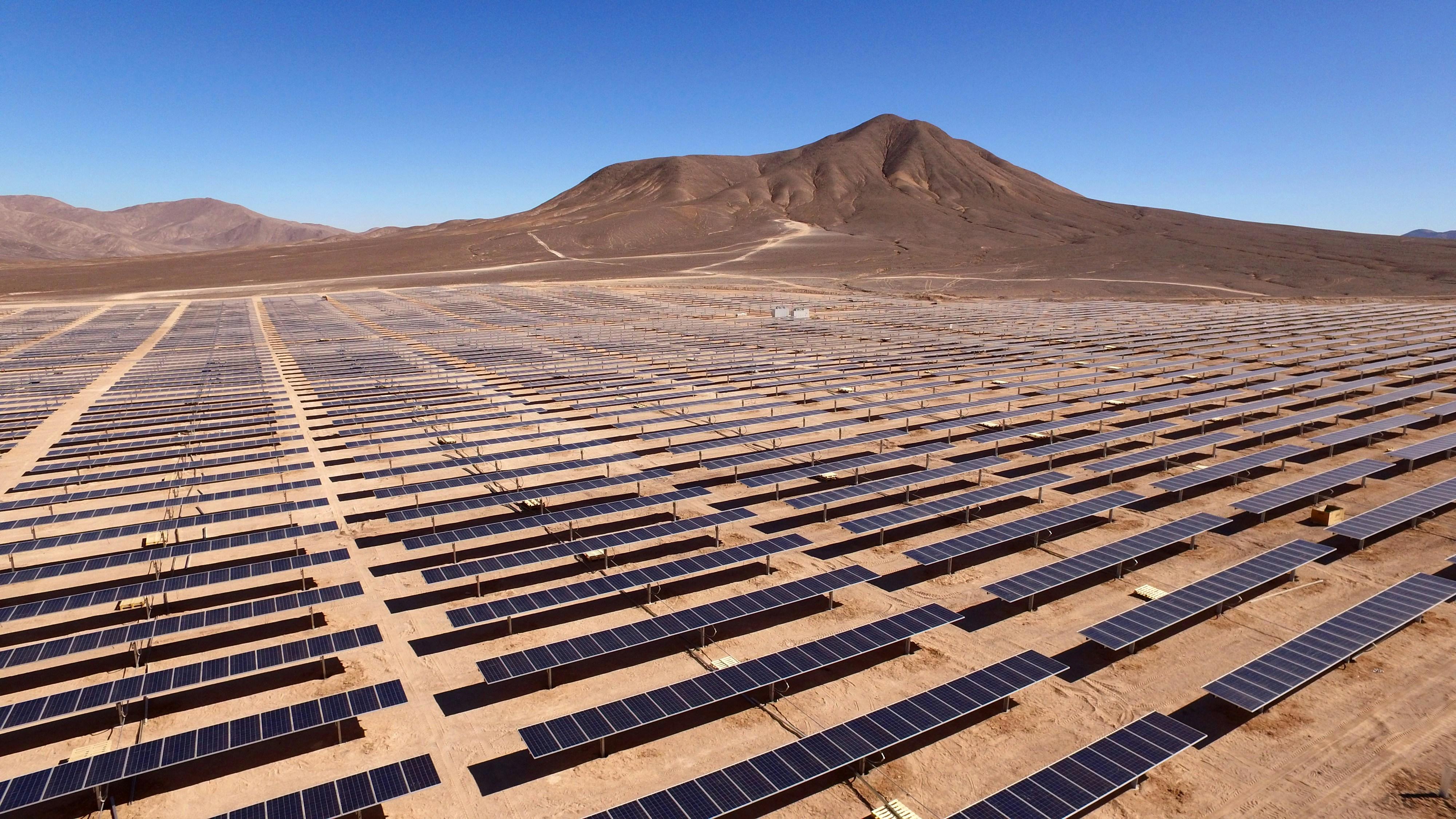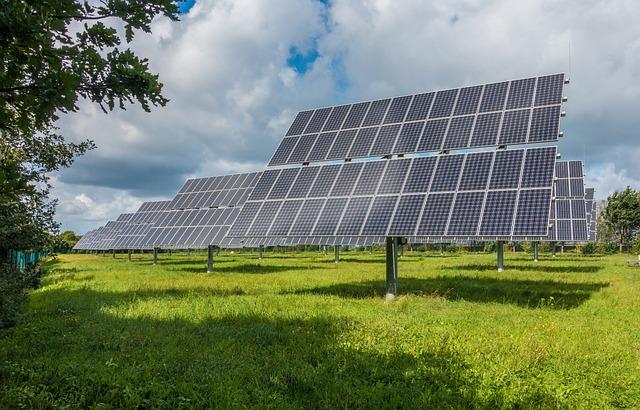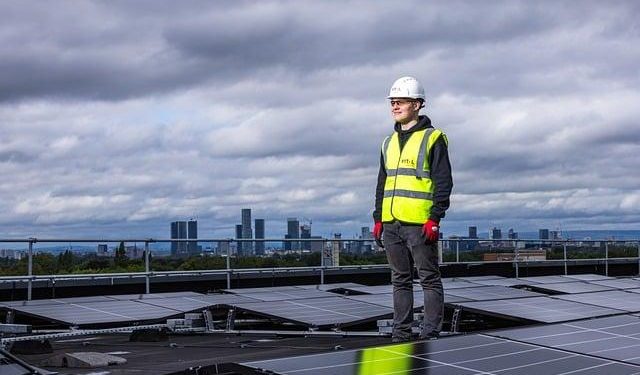In a world where the sun never sets on the quest for sustainable energy, the horizon is expanding beyond land and onto the gentle ripples of water. Floating solar farms, a once-novel concept, are now poised to redefine our approach to harnessing the sun’s power. As the global community races to combat climate change and meet soaring energy demands, these innovative installations offer a glimpse into a future where technology and nature coexist in harmony. By leveraging vast expanses of water bodies, from serene lakes to bustling reservoirs, floating solar farms promise to unlock new potential in renewable energy production. This article explores the possibilities and challenges that lie ahead for these aquatic powerhouses, charting a course through the currents of technological advancement and environmental stewardship.
Harnessing the Sun: Innovations in Floating Solar Technology
In recent years, the landscape of solar energy has undergone a transformative shift, thanks to the advent of floating solar technology. This innovative approach to harnessing solar power involves installing photovoltaic panels on bodies of water, such as reservoirs, lakes, and even seas. The technology not only helps in optimizing land use but also enhances the efficiency of solar panels. Floating solar farms benefit from the cooling effect of water, which can increase energy production by reducing the thermal stress on panels. Increased efficiency and space optimization are just the beginning of what floating solar farms can achieve.
- Dual-purpose water bodies: Utilizing existing water surfaces for energy production without disturbing their primary functions.
- Reduced evaporation: The presence of panels on water surfaces can significantly reduce water evaporation, which is crucial for areas experiencing water scarcity.
- Eco-friendly benefits: Floating solar farms can coexist with aquatic life, providing shade and cooler water temperatures that can benefit marine ecosystems.
- Scalability: These systems can be expanded easily, making them a versatile solution for growing energy demands.
As the technology matures, we are likely to see even more creative applications and improvements, positioning floating solar farms as a key player in the renewable energy sector’s future.

Environmental Impact: Balancing Benefits and Ecosystem Health
Floating solar farms present a promising solution to the world’s increasing energy demands while minimizing land use, yet their environmental impact requires careful consideration. These installations can lead to reduced water evaporation, helping to conserve valuable resources in arid regions. Additionally, they can improve the efficiency of solar panels due to the cooling effect of water, potentially leading to greater energy output. However, the balance between these benefits and the health of aquatic ecosystems is delicate.
- Water Quality: The presence of solar panels may alter water temperature and light penetration, affecting aquatic life.
- Habitat Disruption: Installation and maintenance activities could disturb local wildlife, particularly birds and fish.
- Algal Blooms: Changes in water chemistry and temperature might promote the growth of harmful algal blooms.
Ensuring the harmonious coexistence of floating solar farms and their surrounding ecosystems involves strategic planning and continuous environmental monitoring. By leveraging technology and adopting sustainable practices, it is possible to harness solar energy effectively while preserving the integrity of aquatic habitats.

Economic Viability: Investment Strategies for Floating Solar Farms
In recent years, the allure of floating solar farms has captured the attention of forward-thinking investors. The economic viability of these installations is closely tied to strategic investment approaches. Diversification is key; investors are urged to balance their portfolios by including floating solar projects alongside traditional land-based solar and other renewable energies. This blend mitigates risk and leverages the distinct advantages of floating installations, such as reduced land acquisition costs and enhanced energy output due to cooler water environments.
Additionally, collaboration with local stakeholders is crucial for maximizing returns. Engaging with water utility companies, local governments, and environmental organizations can open doors to valuable incentives and subsidies. Investors should also explore innovative financing models like green bonds and power purchase agreements (PPAs) to secure stable, long-term revenue streams. By aligning investment strategies with the unique characteristics of floating solar farms, investors can position themselves to capitalize on this burgeoning sector.

Navigating Regulatory Waters: Policy Recommendations for Global Adoption
To facilitate the global adoption of floating solar farms, a robust framework of policy recommendations is essential. Governments must focus on creating clear regulatory guidelines that address environmental impacts, water rights, and safety standards. Collaborative efforts between countries can establish uniform standards that ensure the sustainability and efficiency of these solar installations.
Key policy recommendations include:
- Environmental Impact Assessments: Mandate thorough assessments to evaluate the ecological footprint of solar installations on aquatic ecosystems.
- Water Use Regulations: Develop policies that govern the usage and potential impacts on local water resources.
- Incentive Programs: Introduce subsidies and tax incentives to encourage investment in floating solar technology.
- International Collaboration: Foster cross-border partnerships to share best practices and technological innovations.
By implementing these strategies, countries can not only mitigate the challenges associated with floating solar farms but also unlock their full potential as a sustainable energy solution.
Insights and Conclusions
As we sail into an era where innovation meets necessity, floating solar farms stand as beacons of potential on the horizon of renewable energy. These aquatic marvels, tethered to both technology and the environment, promise a future where energy is abundant and ecosystems are preserved. While challenges remain, the tide is turning in favor of these floating powerhouses. Their ability to harness the sun’s energy while gliding gracefully on water bodies exemplifies a harmonious blend of human ingenuity and nature’s vast resources. As we continue to navigate the complexities of energy demands and environmental stewardship, floating solar farms offer a glimpse into a sustainable future, illuminating paths uncharted and possibilities untapped. The sunlit waters await, ready to reflect the ambitions of tomorrow.

































